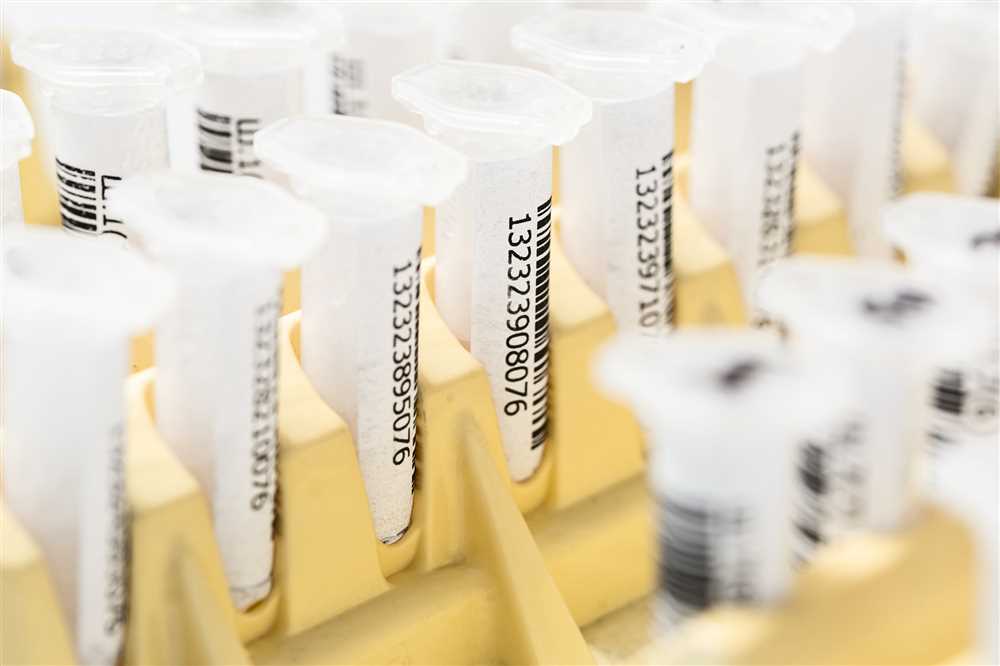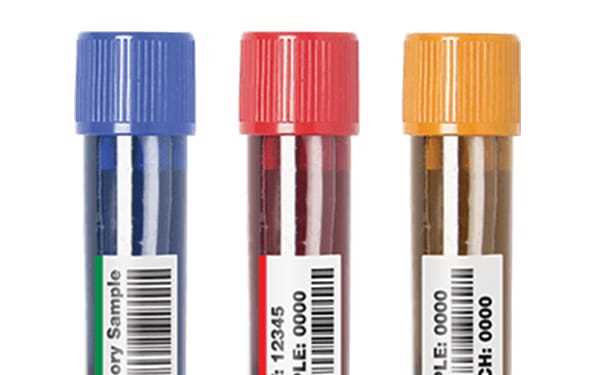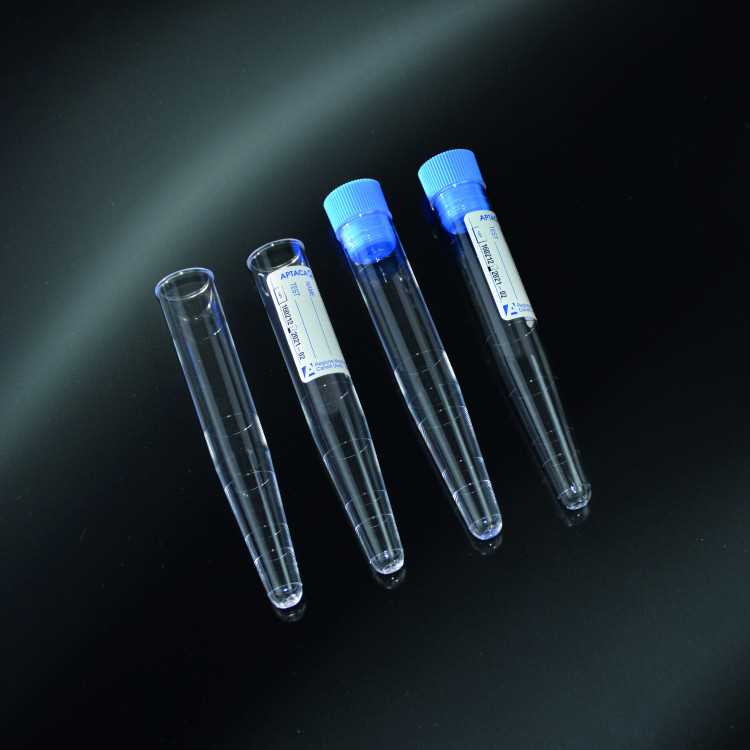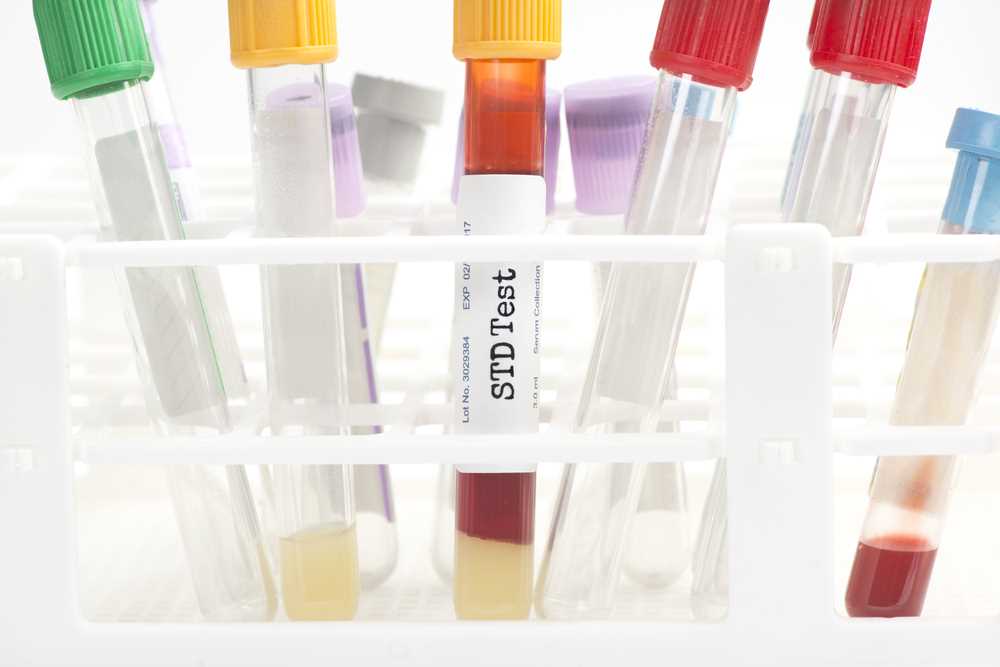
When conducting experiments or working in a laboratory, it is crucial to properly label test tubes. Labeling test tubes not only helps to organize and identify different samples, but it also ensures accurate and reliable results. In this article, we will explore the importance of labeling test tubes and discuss some effective techniques for doing so.
Importance of labeling test tubes: Test tubes are commonly used in scientific research and experimentation. Without proper labeling, it can be difficult to keep track of the different samples or substances contained in each tube. This can lead to confusion, mix-ups, and inaccurate results. Labeling test tubes is a simple yet essential step in maintaining a well-organized lab environment and ensuring the integrity of scientific experiments.
Techniques for labeling test tubes: There are several techniques that can be used to label test tubes effectively. One common method is to use adhesive labels or stickers. These labels can be easily written on with a waterproof marker or pen and affixed to the test tube. Another technique is to use specialized tubes with built-in labeling areas. These tubes have a designated space where information such as the sample name, date, and experiment details can be directly written or printed. Additionally, some laboratories use color-coded labels or tapes to differentiate between different types of samples or experiments.
Tips for effective labeling: When labeling test tubes, it is important to ensure that the information is clear, legible, and durable. Use a waterproof marker or pen to prevent smudging or fading of the labels. Include relevant details such as the sample name, date, and any important notes or instructions. If using adhesive labels, ensure they are securely attached to the test tube to prevent them from falling off or becoming unreadable. Regularly check and update the labels as needed, especially when reusing test tubes for different experiments or samples.
In conclusion, labeling test tubes is a vital practice in the laboratory setting. By properly labeling test tubes, researchers and scientists can maintain an organized environment, minimize the risk of mix-ups, and ensure accurate and reliable results. Using techniques such as adhesive labels, color-coded systems, and specialized tubes with built-in labeling areas can greatly enhance the efficiency of the labeling process. Taking the time to label test tubes correctly is a small yet significant step towards successful scientific research and experimentation.
Why is labeling test tubes important?
Labeling test tubes is an essential step in any scientific experiment or research. It helps to ensure accuracy, avoid mix-ups, and maintain proper record keeping. Without proper labeling, it would be challenging to identify the contents of each test tube, leading to confusion and potential errors in the experiment.
Accurate identification: One of the primary reasons for labeling test tubes is to accurately identify the substances or samples they contain. Whether it is a chemical solution, a biological specimen, or any other material, labeling provides clear information about the contents. This is crucial for maintaining accuracy throughout the experiment and preventing any mix-ups or mistakes.
Avoiding cross-contamination: Labeling test tubes helps to prevent cross-contamination between different samples. By clearly indicating the contents of each tube, researchers can ensure that there is no accidental mixing of substances. This is especially important in sensitive experiments where even a small amount of contamination can significantly affect the results.
Record keeping: Proper labeling of test tubes allows for easy record keeping and documentation. By labeling the tubes with relevant information such as the date, experiment name, and sample identification, researchers can keep track of their work and refer back to it if needed. This is crucial for maintaining a detailed and organized record of experiments, which is essential for scientific research and reproducibility.
Safety: Labeling test tubes also plays a vital role in ensuring safety in the laboratory. By clearly indicating any hazardous substances, researchers can take appropriate precautions and handle the samples with caution. It helps to minimize the risk of accidents or exposure to dangerous materials, protecting both the researchers and the environment.
- Accurate identification
- Avoiding cross-contamination
- Record keeping
- Safety
The Importance of Clear Identification

Clear identification of test tubes is a crucial aspect of laboratory work. Properly labeled test tubes help ensure accuracy, efficiency, and safety in various scientific procedures. A lack of clear identification can lead to confusion, errors, and potentially hazardous situations. It is imperative that scientists, researchers, and laboratory technicians adopt good practices when it comes to labeling and identifying test tubes.
Accurate and reliable data: Clear identification on test tubes allows for accurate and reliable data collection. Each test tube contains specific samples or substances that are being tested or analyzed. Without clear labels, it becomes difficult to track which test tube corresponds to which experiment or measurement. Proper identification helps ensure that data is correctly linked to the relevant sample, minimizing the chances of errors and inaccuracies.
Efficiency and time-saving: Properly labeled test tubes contribute to overall efficiency and time-saving in laboratory work. With clear identification, scientists can easily locate the required test tubes for their experiments, reducing the time spent searching or guessing. This improves workflow and allows for better organization of the laboratory environment. Time-saving is crucial in the fast-paced world of scientific research, where every minute counts.
Prevention of cross-contamination: Clear identification of test tubes plays a vital role in preventing cross-contamination. Different substances or samples should never mix, as it can alter the results and compromise the integrity of the experiment. Proper labeling ensures that each test tube is correctly identified and prevents accidental mixing or confusion. This is particularly important when working with hazardous or toxic materials that can pose risks to both the researcher and the environment.
Safety: The clear identification of test tubes also contributes to safety in the laboratory. Accurate labeling reduces the chances of accidents or mishaps that can occur due to misidentification. For example, mistakenly using a test tube containing a corrosive substance instead of a neutral one can have serious consequences. Clear identification helps scientists and technicians work more confidently and safely, mitigating the potential risks associated with inaccurate or unclear labeling.
Documentation and traceability: Proper identification of test tubes is essential for documentation and traceability purposes. In scientific research, it is important to keep records of experiments, measurements, and results. Clear labels help in linking the physical test tubes with the corresponding data recorded in logs or electronic systems. This ensures that information can be easily retrieved or referred to at a later stage, enabling replication of experiments or analysis and facilitating collaboration among researchers.
In conclusion, the importance of clear identification of test tubes cannot be overstated. It contributes to accuracy, efficiency, safety, and traceability in laboratory work. Scientists and laboratory personnel should prioritize proper labeling practices to ensure the reliability and integrity of their research and experiments.
Preventing errors and mix-ups

Maintaining accurate and reliable data is crucial in any scientific experiment, and one important step in ensuring this is properly labeling test tubes. Labels allow researchers to identify and track samples, ensuring that data is correctly associated with the appropriate samples. However, errors and mix-ups can occur if labeling is not done carefully and consistently.
Clear and legible labeling:
- When labeling test tubes, it is essential to use clear and legible handwriting or to print labels using a printer. Illegible or smudged labels can lead to confusion and errors when trying to identify samples.
- Using a permanent marker is recommended to ensure that labels do not fade or wash off when exposed to various conditions, such as temperature changes, solvents, or water baths.
Consistent labeling format:
- Developing a standard format for labeling test tubes can help prevent mix-ups. This includes including important information, such as the date, experiment name, and sample identification (e.g., sample number or initials).
- Using abbreviations or symbols can be helpful to save space and simplify the labeling process, but it is important to have a clear key or legend explaining their meaning.
Double-checking and verification:
- Double-checking the accuracy of the labels before starting an experiment is crucial. This can be done by reviewing the labels with another researcher or comparing them to a master list of sample identifications.
- Verifying the labels throughout the experiment, especially when transferring samples between tubes or performing multiple steps, can help ensure that samples are correctly identified and tracked.
Organizational systems:
- Implementing an organized system for storing and arranging labeled test tubes can help minimize errors and mix-ups. This can include using racks or trays with clearly marked positions for each tube, or using color-coded labels or caps for easy recognition.
- Regularly reviewing and maintaining this organizational system is necessary to prevent confusion and ensure that labels remain visible and intact.
By following these practices and paying careful attention to labeling, researchers can prevent errors and mix-ups, ensuring reliable and accurate data throughout their experiments.
Ensuring accurate data recording
Accurate data recording is crucial in any scientific experiment, as it forms the basis for reliable analysis and conclusions. To ensure that data is recorded accurately, proper labeling of test tubes is essential.
One of the first steps in ensuring accurate data recording is to label each test tube clearly. This can be done by using a waterproof marker or labels that are resistant to solvents and chemicals. The label should include important information such as the date, experiment or sample name, and any relevant identifiers such as batch or sample number.
The use of standardized labeling techniques is another important aspect in ensuring accurate data recording. By following a consistent and standardized method of labeling, it becomes easier to interpret and compare data from different experiments or samples. This may involve assigning specific codes or symbols to represent certain variables or conditions, making it easier to track and analyze the data.
Regular quality checks should also be performed to ensure the accuracy of the recorded data. This can involve double-checking the labels on the test tubes before and after an experiment, as well as cross-referencing the recorded data with any digital or electronic systems used for data storage and analysis. Any discrepancies or errors should be immediately addressed and corrected to maintain the integrity of the data.
- In addition to proper labelling, it is important to maintain proper documentation of the experimental procedures and any deviations or modifications made during the course of the experiment. This can help identify any potential sources of error or bias in the data recording and analysis.
- Regular training and education for laboratory personnel on the importance of accurate data recording and labeling techniques can also contribute to overall data integrity. This can include workshops or seminars on good laboratory practices and the proper use of labeling tools and materials.
- Lastly, it is important to emphasize the responsibility of each individual in the laboratory to ensure accurate data recording. This includes promoting a culture of attention to detail and accountability, as well as encouraging open communication and collaboration among team members.
In conclusion, accurate data recording is essential for reliable and meaningful scientific analysis. By implementing proper labeling techniques, following standardized procedures, conducting regular quality checks, and promoting a culture of attention to detail, laboratories can ensure the integrity and accuracy of their recorded data.
Types of labels for test tubes

When it comes to labeling test tubes, there are several types of labels that scientists and researchers can choose from. These labels are designed to ensure that the information on the test tube is accurately and clearly displayed, allowing for easy identification and organization in the laboratory.
1. Adhesive labels: Adhesive labels are the most common type of label used for test tubes. These labels are made of a durable material that can withstand exposure to chemicals, heat, and cold. They are usually self-adhesive, making them easy to apply and remove from the test tube. Adhesive labels are available in various sizes and shapes, allowing users to customize them according to their needs.
2. Heat shrink labels: Heat shrink labels are another popular option for labeling test tubes. These labels are made of a heat-activated plastic material that shrinks and adheres to the test tube when exposed to heat. Heat shrink labels provide a secure and tamper-proof labeling solution, as they cannot be easily removed or damaged. They are often used in research and forensic laboratories where sample integrity is crucial.
3. Cryogenic labels: Cryogenic labels are specifically designed for labeling test tubes that will be stored in ultra-low temperature environments, such as liquid nitrogen or freezers. These labels are made of a special material that remains adhesive and readable at extremely low temperatures. Cryogenic labels are resistant to chemicals and moisture, ensuring that the label remains intact even in harsh conditions.
4. Barcode labels: Barcode labels are commonly used in automated and high-throughput laboratories for quick and accurate sample identification. These labels contain a unique barcode that can be easily scanned by barcode readers, eliminating the need for manual data entry. Barcode labels are available in different formats, such as linear or 2D barcodes, and can be printed using specialized barcode label printers.
5. Color-coded labels: Color-coded labels are used to categorize and organize test tubes based on different criteria, such as sample type, experiment, or research project. These labels come in various colors, allowing users to visually distinguish between different test tubes at a glance. Color-coded labels are particularly useful in large laboratories or when multiple researchers are working on different projects simultaneously.
In conclusion, choosing the right type of label for test tubes is essential for maintaining proper organization and ensuring accurate sample identification in the laboratory. Whether it’s adhesive labels, heat shrink labels, cryogenic labels, barcode labels, or color-coded labels, scientists and researchers have a variety of options to suit their specific needs.